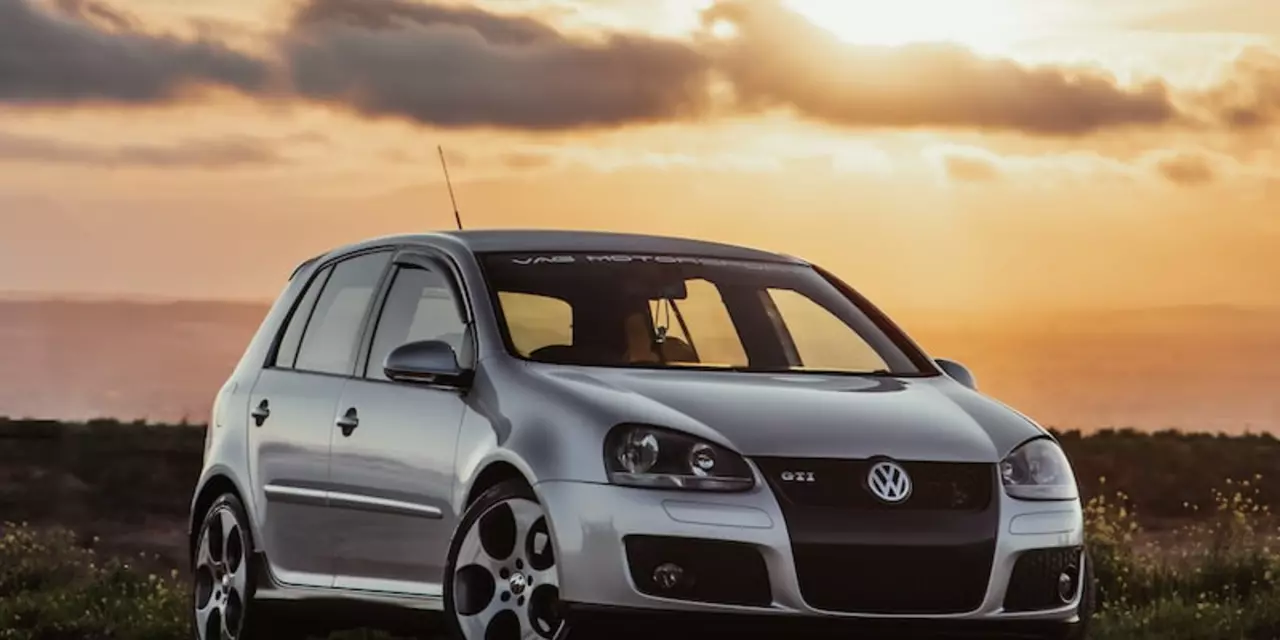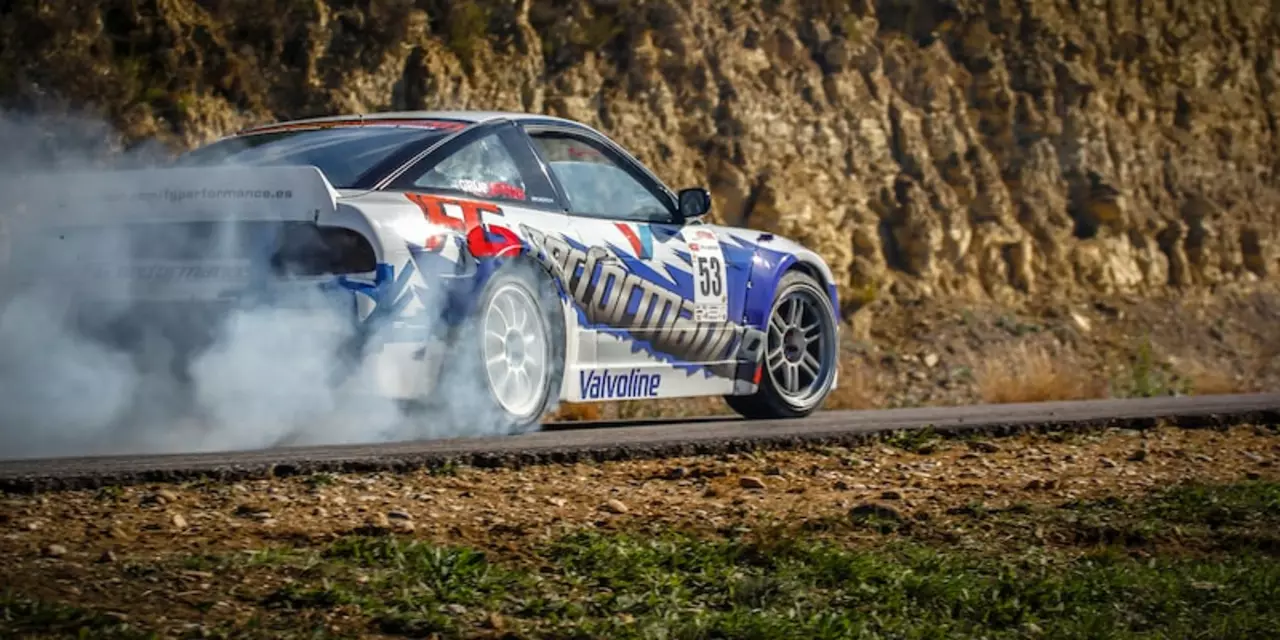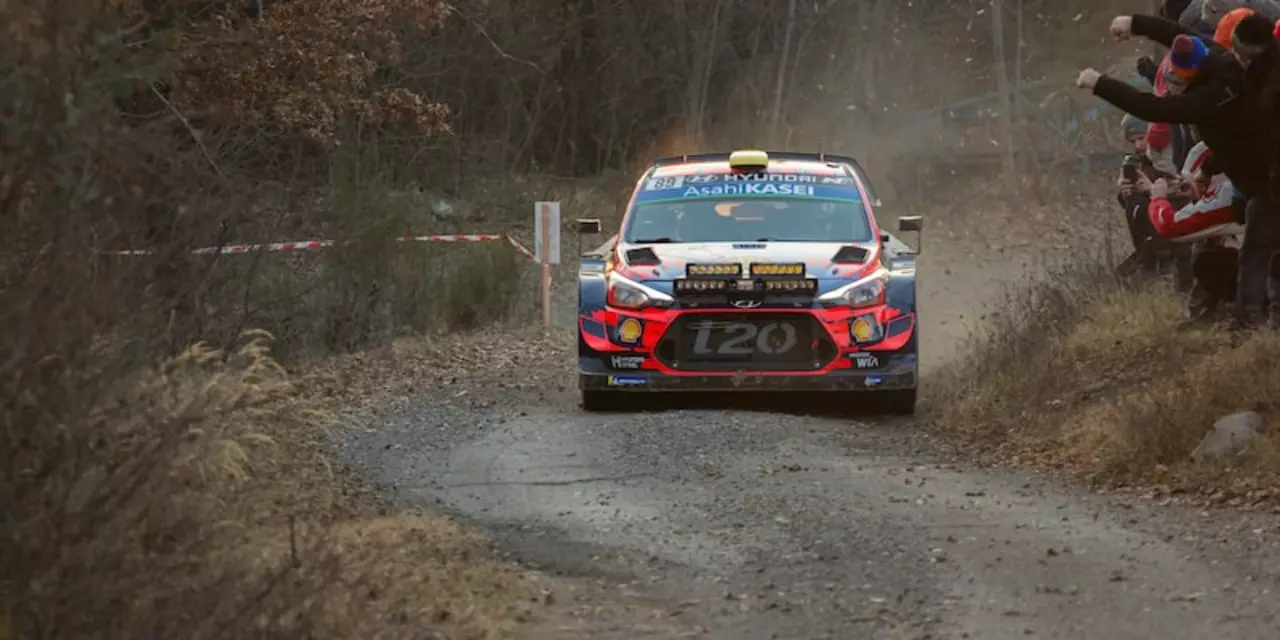Archive: 2023 / 02
 Why are dirt rally racing cars always hatchback?
Why are dirt rally racing cars always hatchback?
Dirt rally racing is a type of motorsport that involves driving cars on unpaved roads. Hatchback cars are the most popular choice for this type of racing because of their superior handling, traction, and maneuverability. They also have a low center of gravity and are lightweight, making them ideal for navigating difficult terrain. Additionally, hatchbacks have a wide range of engine sizes and are easy to modify and tune for better performance. Their affordability and accessibility also make them a great choice for dirt rally racing.
 Does simulated dirt rally racing help with real life rally driving?
Does simulated dirt rally racing help with real life rally driving?
Simulated dirt rally racing can improve a driver's real life rally driving skills. The simulation offers an immersive experience, allowing the driver to hone their skills in a realistic, yet safe environment. It also allows them to practice their driving techniques and strategies without the risk of damaging their vehicle. Simulated rally racing can help drivers to become more aware of their surroundings and to better understand how to react to road or terrain changes. Additionally, it can help drivers to become more familiar with the cars they will be driving in actual rally events. Finally, simulated dirt rally racing can help drivers to develop the confidence they need to tackle the challenges of a real rally course.
 While in India, How to participate in car rally racing?
While in India, How to participate in car rally racing?
Car rally racing is a popular activity in India that offers a thrilling experience for adrenaline seekers. Participants must have a valid driving license and a suitable car that fulfills the requirements. The race is usually held over a few days and involves navigating through a designated route. Safety measures such as helmets and safety belts are mandatory for all participants. Additionally, participants must also be aware of local laws and regulations to ensure a safe race. Car rally racing is an exciting way to explore the landscape of India while enjoying a thrilling experience.
 In rally car racing, why were Group B rally cars banned?
In rally car racing, why were Group B rally cars banned?
Group B rally cars were banned in 1986 after a series of fatal accidents. These cars, built for speed, featured lightweight materials and turbocharged engines, making them the fastest, most powerful rally cars of their time. The cars' extreme capabilities and lack of safety measures made them too dangerous for public roads and caused a number of deaths of both drivers and spectators. As a result of the fatalities, the FIA (Federation Internationale de l'Automobile) decided to eliminate the Group B category and replace it with the safer Group A cars, which were less powerful and featured more safety features. This decision not only ensured the safety of drivers, spectators and the public, but also kept racing exciting for fans.
 How many spectators are killed in rally races?
How many spectators are killed in rally races?
Rally racing is one of the most dangerous motorsports with a high chance of fatalities, both among drivers and spectators. Since the birth of rallying in the early 1900s, hundreds of drivers, co-drivers, and spectators have been killed in rally accidents. The exact number of spectators killed in rally races is difficult to pinpoint, but the most recent estimates suggest it could be as high as 150.